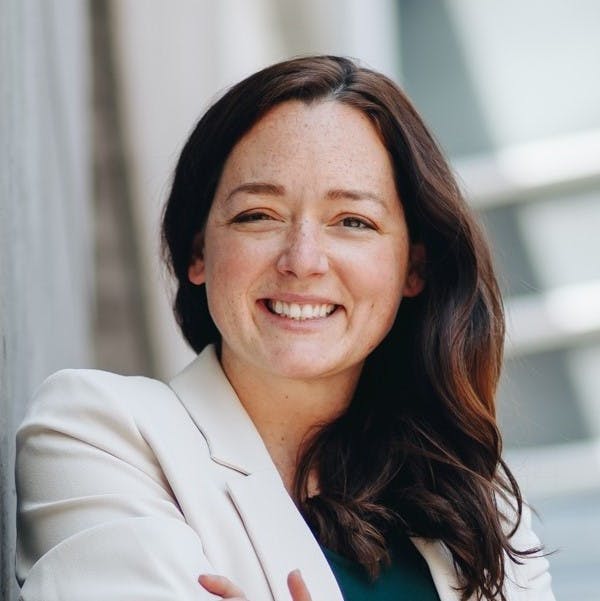Durham Region Public Art and Creative Placemaking Policy
Durham Region's Public Art and Creative Placemaking Policy and Program was approved in September 2024. For information about the policy and program, or to view current public art opportunities, visit and subscribe to the Public Art and Placemaking Hub.
Durham Region is one of the fastest-growing areas in the world. As our cities, towns and spaces evolve, public art can help transform the built environment around us by inviting us to celebrate our unique communities and connect in new and unexpected ways.
Across the region, there are opportunities to build on the distinctive placemaking and placekeeping initiatives already underwayContinue reading
Durham Region's Public Art and Creative Placemaking Policy and Program was approved in September 2024. For information about the policy and program, or to view current public art opportunities, visit and subscribe to the Public Art and Placemaking Hub.
Durham Region is one of the fastest-growing areas in the world. As our cities, towns and spaces evolve, public art can help transform the built environment around us by inviting us to celebrate our unique communities and connect in new and unexpected ways.
Across the region, there are opportunities to build on the distinctive placemaking and placekeeping initiatives already underway by adding art along regional roads, at Durham Region Transit stops and stations, and on other regional property and infrastructure.
We want to energize spaces and contribute to the Region’s distinct identity for arts, cultural and creative industries by enabling and promoting public art on Regional property.
You can help by participating in the surveys below and sharing your ideas for public art in Durham.
This is just the beginning. Subscribe to this page to be informed of future opportunities to collaborate on public art projects led by Durham Region.
What is public art?
At its core, public art is created by or with artists and is free and accessible to the community. It encourages community members of different abilities, backgrounds, and identities to engage.
It is created to reflect and engage the community and has undergone a formal selection process.
Public art can take a variety of forms. It may have functional and aesthetic qualities (for example, benches), be integrated into its site or be a discrete piece, be participatory (for example, dance) and be permanent or temporary.
Public art does not include plaques, memorials or interpretive signs, museum or archival displays, mass-produced objects or easily moveable works.
What is placemaking?
Placemaking is a multi-faceted approach to urban planning and design that focuses on creating vibrant, engaging, and inclusive public spaces. It transforms ordinary or underused areas into lively and people-centred environments that promote social interaction, cultural expression, and community identity. Placemaking often involves involving residents, businesses, and stakeholders in the design and activation of public spaces. The goal is to foster a sense of place, enhance quality of life, and encourage a strong sense of community.
Quick facts:
- Inclusive and accessible public art enhances the vibrancy of communities by reflecting the unique and diverse people that live there to create a sense of belonging and local pride.
- In 2021, the Region partnered with Durham College Fine Art students to create artwork representative of the community through its established Community Collaborative Project program. Students completed the artwork in April 2022. The selected pieces were installed in the courtyard at Regional Headquarters, displaying 14 unique expressions of diverse identities and experiences.
- Arts, culture and creative industries are a priority economic growth cluster in the Region. Supporting these industries contribute to the magnetism of our communities while also playing a critical role in creating jobs.
-
Regional Council adopts new Public Art and Creative Placemaking Policy and Program
On September 25, 2024, Durham Regional Council officially adopted Durham Region's Public Art and Creative Placemaking Program. The program's development was significantly influenced by community feedback. Thank you for your valuable contributions!
-
New hub for public art and creative placemaking projects

Durham Region has created a new Your Durham page where public art and creative placemaking opportunities will be shared.
Engagement Summary Report
Key Dates
-
August → September 2023
-
September 2023 → March 2024
-
April → August 2024
-
September 2024
Who's Listening
-

Phone 311 Email art@durham.ca
Pilot Public Art Project
The Region partnered with students from the Fine Art program at Durham College to create unique artwork the represented diversity, equity, inclusion and accessibility. This theme was inspired by the community.




